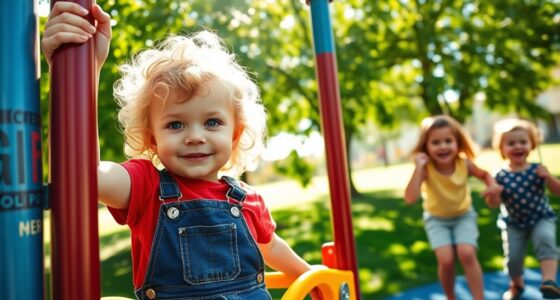As a scholar in child development, I am perpetually fascinated by the critical role that theoretical frameworks play in understanding the processes of growth and learning in children. These frameworks provide crucial scaffolding that helps decode the intricate factors affecting a child’s growth. They shed light on how various factors, including cognitive and psychosocial evolution, parenting styles, and cultural influences, contribute to the molding of young individuals.
By exploring these theories, we gain a deeper understanding of how children actively construct knowledge, navigate psychosocial crises, and interact with their environments.
Join me on this journey as we delve into the rich world of child development theories.
Key Takeaways
- Theories in child development provide frameworks to understand complex growth and learning processes.
- The interplay between nature (genetics) and nurture (environmental factors) is crucial in child development, including the influence of parenting styles.
- Historical perspectives on theories in child development provide a deeper appreciation for the evolution of understanding in this field.
- Cultural influences play a significant role in child development, shaping a child’s beliefs, values, and behaviors.
The Importance of Theories in Child Development
I believe that theories in child development are crucial because they provide frameworks that help us understand and make sense of the complex processes that shape a child’s growth and development.
One important aspect that theories explore is the role of parents in shaping a child’s development. Parenting styles, influenced by cultural factors, play a significant role in shaping a child’s beliefs, values, and behaviors.
Different cultural contexts have distinct views on parenting, which can impact a child’s development in various ways. For example, collectivist cultures may prioritize interdependence and cooperation, while individualistic cultures may focus more on independence and self-reliance.
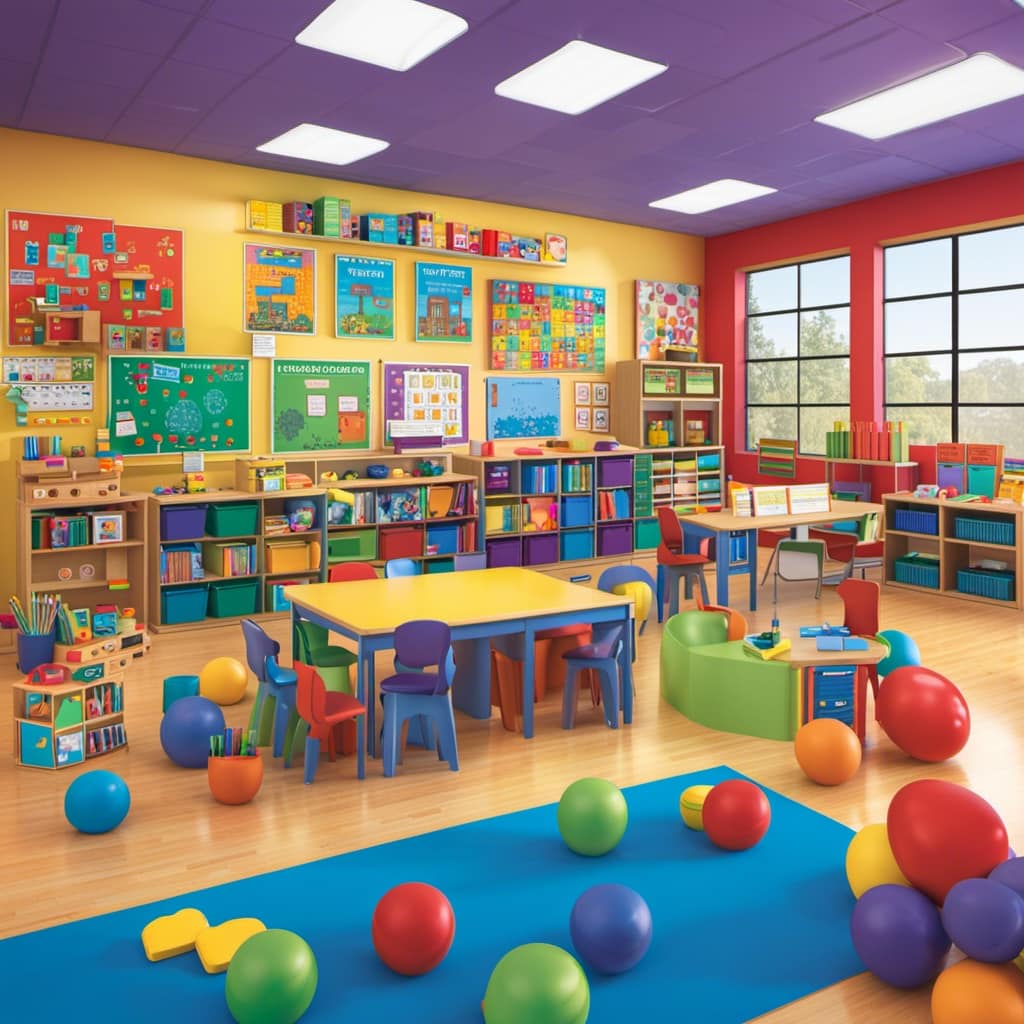
Understanding the influence of cultural factors on child development allows us to better support and guide children in a way that aligns with their cultural background and values.
Exploring Parenting Styles in Child Development
Parenting styles shape a child’s beliefs, values, and behaviors. Different parenting styles have varying effects on child development. Examining the role of cultural influences in shaping parenting styles is crucial in understanding how children grow and develop.
Here are five key points to consider:
- Authoritative parenting: This style encourages independence while maintaining clear boundaries and expectations.
- Authoritarian parenting: This style emphasizes strict rules and discipline, often resulting in lower self-esteem and limited autonomy.
- Permissive parenting: This style is characterized by a lack of rules and structure, leading to potential difficulties with self-control and responsibility.
- Neglectful parenting: This style involves a lack of responsiveness and support, which can result in emotional and behavioral problems.
- Cultural influences: Parenting styles are influenced by cultural norms, values, and beliefs, shaping the ways in which parents interact with their children.
Understanding these different parenting styles and their cultural influences is essential in promoting healthy child development.
Cultural Influences on Child Development
Cultural influences shape a child’s beliefs, values, and behaviors, which in turn impact their overall development. Cultural diversity and child development go hand in hand, as children are exposed to a variety of cultural practices that shape their understanding of the world.
Understanding the influences of cultural practices on child development is crucial in creating a supportive and inclusive environment for children to thrive. Research has shown that cultural practices, such as parenting styles, language use, and social norms, greatly impact a child’s cognitive, emotional, and social development.
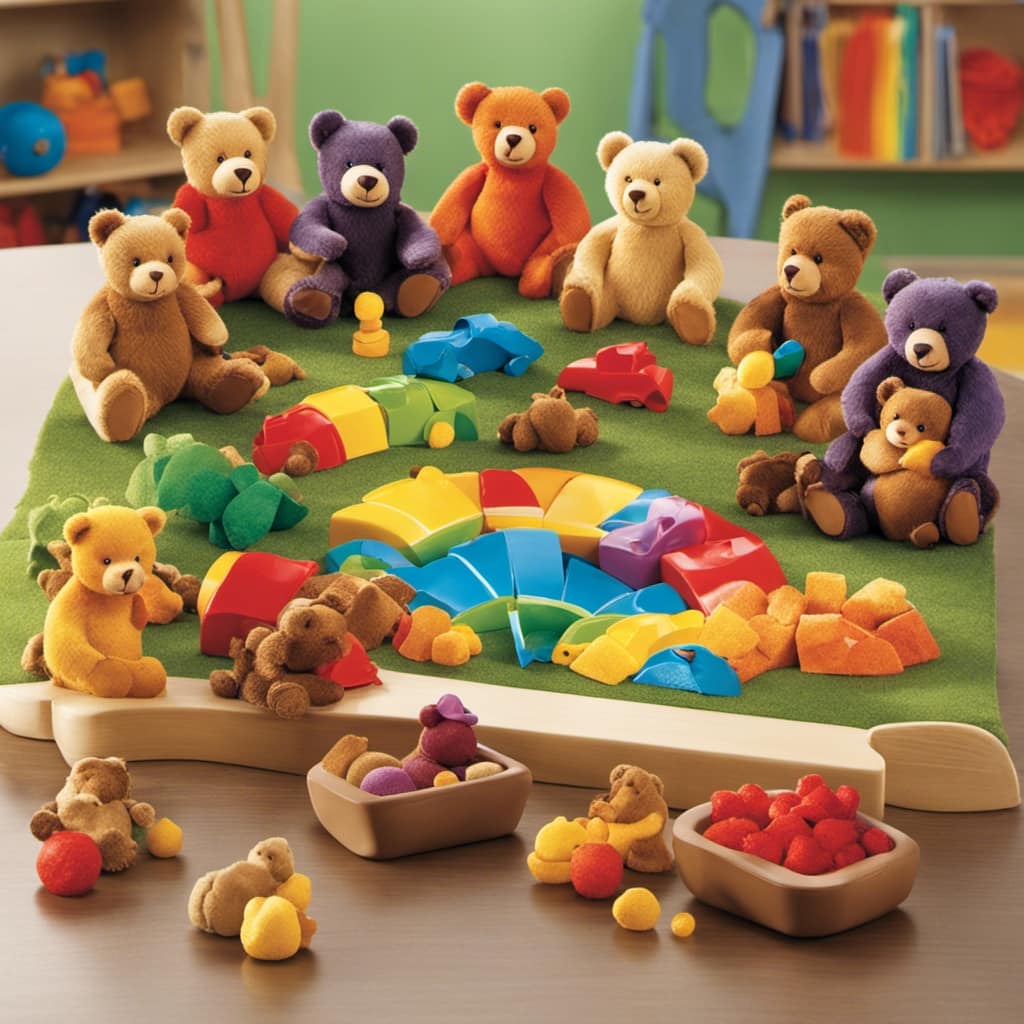
By recognizing and valuing cultural diversity, we can ensure that children’s unique backgrounds and experiences are celebrated and integrated into their overall development. It is important to note that cultural influences are not deterministic, but rather interact with other factors, such as genetics and the environment, to shape a child’s development.
Understanding the Interplay of Genetics and Environment
Genetics and the environment interact to shape a child’s development, influencing their cognitive, emotional, and social growth. Understanding the interplay between genetics and the environment is crucial in comprehending how children grow and develop. Here are five key points to consider:
-
Genetic factors, such as inherited traits and predispositions, can influence a child’s development from the moment of conception.
-
Environmental factors, including the quality of caregiving, socioeconomic status, and exposure to stressors, can have lasting effects on a child’s development.
-
Epigenetics, the study of how genes are influenced by environmental factors, sheds light on how experiences can modify gene expression and impact a child’s development.
-
The influence of genetics and the environment on child development is not a simple nature versus nurture debate but rather an intricate interaction between the two.
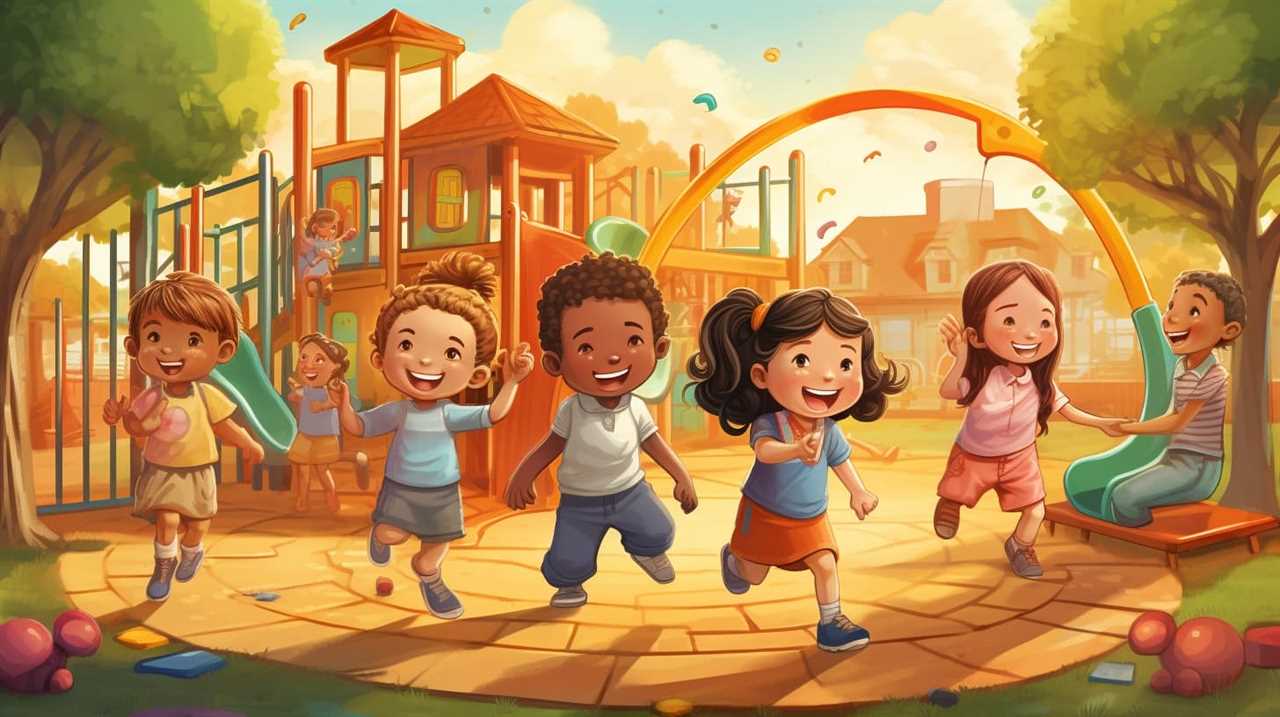
-
Exploring the role of epigenetics in child development helps us understand how environmental factors can shape gene expression and ultimately impact a child’s growth and development.
Historical Perspectives on Theories in Child Development
As I explore the historical perspectives on theories in child development, I gain a deeper understanding of how societal and cultural contexts have shaped our understanding of this field.
The evolution of child development theories has been influenced by various factors throughout history. These influences on historical theories have played a significant role in shaping our understanding of child development.
From the groundbreaking theories of Piaget and Freud to the insights offered by Erikson, Vygotsky, and Bronfenbrenner, each theory reflects the societal and cultural values of its time.
These historical perspectives allow us to see how theories have evolved in response to societal and cultural changes.
Piaget’s Cognitive Development Theory
When exploring Piaget’s Cognitive Development Theory, I gain valuable insights into how children actively construct knowledge through interactions with their environment. This theory highlights the importance of children’s active involvement in their own learning process.

Here are five key aspects of Piaget’s theory that provide a better understanding of children’s cognitive development:
-
Piaget’s stages: Piaget proposed four stages of cognitive development, namely sensorimotor, preoperational, concrete operational, and formal operational. Each stage represents a different level of cognitive abilities and understanding.
-
Constructivist learning: Piaget’s theory emphasizes that children construct their knowledge through hands-on experiences and interactions with their surroundings.
-
Assimilation and accommodation: Piaget explained how children assimilate new information into their existing schemas and accommodate their understanding when faced with new experiences or information that doesn’t fit their existing knowledge.
-
Object permanence: This concept refers to a child’s understanding that objects continue to exist even when they are out of sight. Piaget’s theory sheds light on how this understanding develops over time.
-
Egocentrism: Piaget’s theory highlights how young children have difficulty understanding another person’s perspective and tend to view the world from their own point of view.
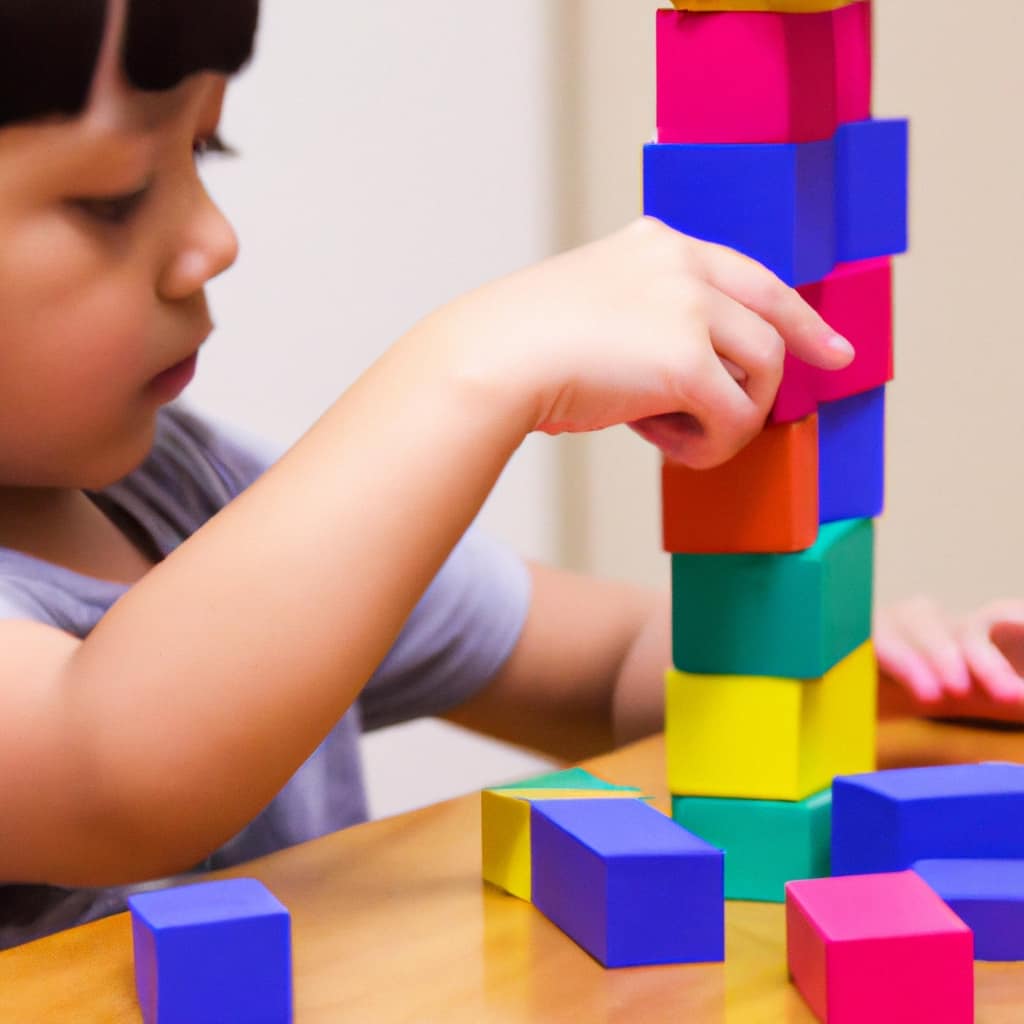
Overall, Piaget’s Cognitive Development Theory provides valuable insights into the cognitive processes and developmental milestones that children go through as they actively construct knowledge and understanding of the world around them.
Erikson’s Psychosocial Development Theory
I find Erikson’s Psychosocial Development Theory fascinating because it highlights the unique psychosocial crises that individuals go through in each stage of development. According to Erikson, these crises are essential for healthy child development and play a significant role in shaping one’s identity.
The impact of these psychosocial crises on child development is profound, as they provide opportunities for individuals to develop key strengths and skills. For example, during the adolescent stage, the psychosocial crisis of identity versus role confusion arises. This stage is crucial for identity formation, as individuals explore different roles and options to establish a sense of self.
Erikson’s theory emphasizes the importance of successfully navigating these crises to achieve a sense of personal identity and social competence. By understanding and supporting individuals in each stage, we can facilitate their healthy development and promote positive outcomes.
Vygotsky and Social Interaction in Cognitive Development
Vygotsky’s emphasis on social interaction in cognitive development highlights the role of others in shaping a child’s understanding and abilities. In Vygotsky’s theory, the concept of the zone of proximal development (ZPD) is central.
Here are five key aspects of Vygotsky’s theory:
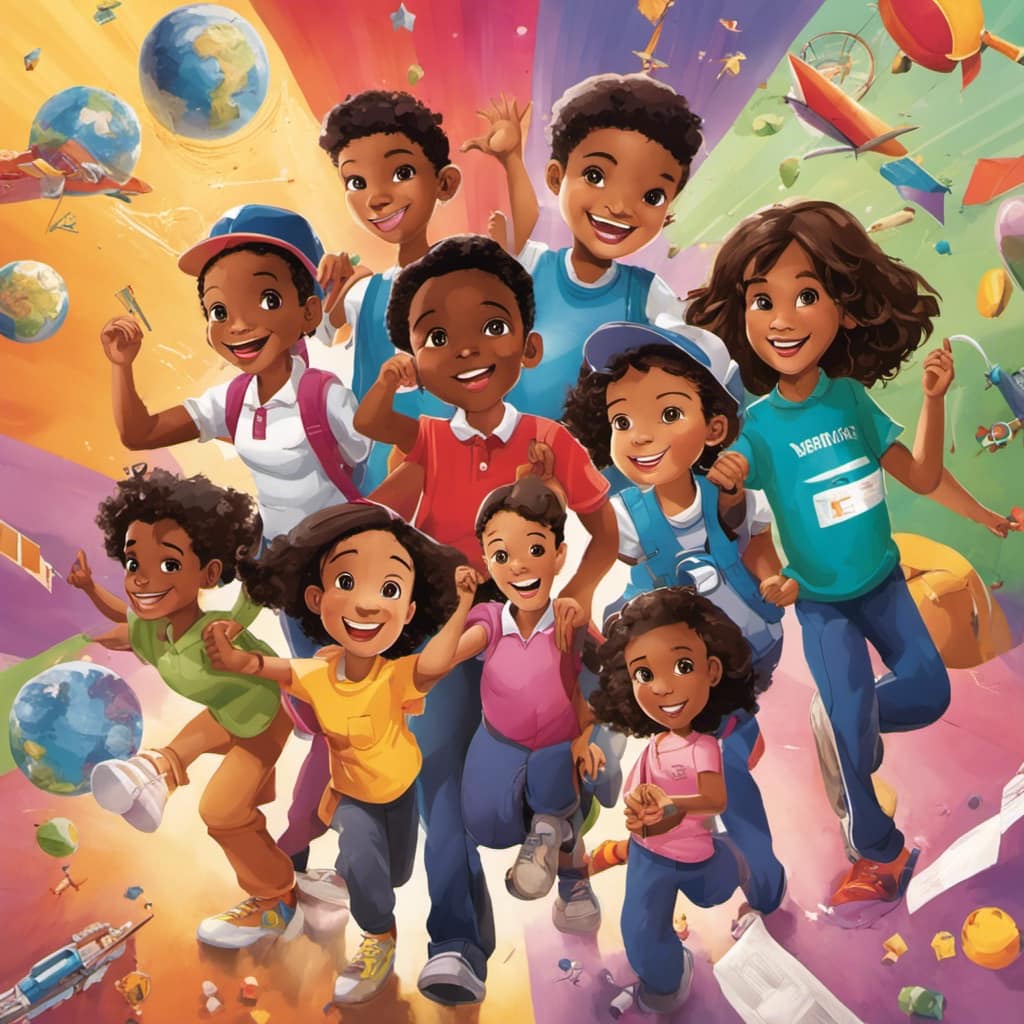
-
Social interaction and learning: Vygotsky believed that children learn best through interactions with more knowledgeable others, such as parents, teachers, and peers.
-
ZPD: The zone of proximal development refers to the gap between what a child can do independently and what they can achieve with assistance. It represents the potential for cognitive growth.
-
Scaffolding: Adults or more skilled peers provide support and guidance to help a child bridge the gap in the ZPD and reach their full potential.
-
Language and thought: Vygotsky believed that language plays a crucial role in cognitive development, as it allows children to communicate and internalize knowledge.
-
Cultural tools: Vygotsky emphasized the importance of cultural tools, such as language, symbols, and artifacts, in promoting cognitive development.
Overall, Vygotsky’s theory highlights the significance of social interaction and the role of others in shaping a child’s cognitive development.

Bronfenbrenner’s Ecological Systems Theory
Bronfenbrenner’s ecological systems theory examines how various environmental systems influence a child’s development. This theory emphasizes the importance of understanding the influence of environmental factors on child development.
It recognizes that a child’s development is shaped not only by their immediate family and home environment, but also by wider social, cultural, and community contexts.
The theory highlights the role of social support networks in child development, recognizing that the presence of supportive relationships and resources can have a positive impact on a child’s growth and well-being.
These social support networks can provide children with emotional support, guidance, and opportunities for learning and development.
Understanding the influence of environmental factors and the role of social support networks is crucial in promoting optimal child development and well-being.
Nature Vs. Nurture in Child Development Theories
The interplay between genetics and environmental factors is crucial in understanding how children develop and grow. When it comes to child development, genetics and environmental factors both play significant roles. Here are five key points to consider:
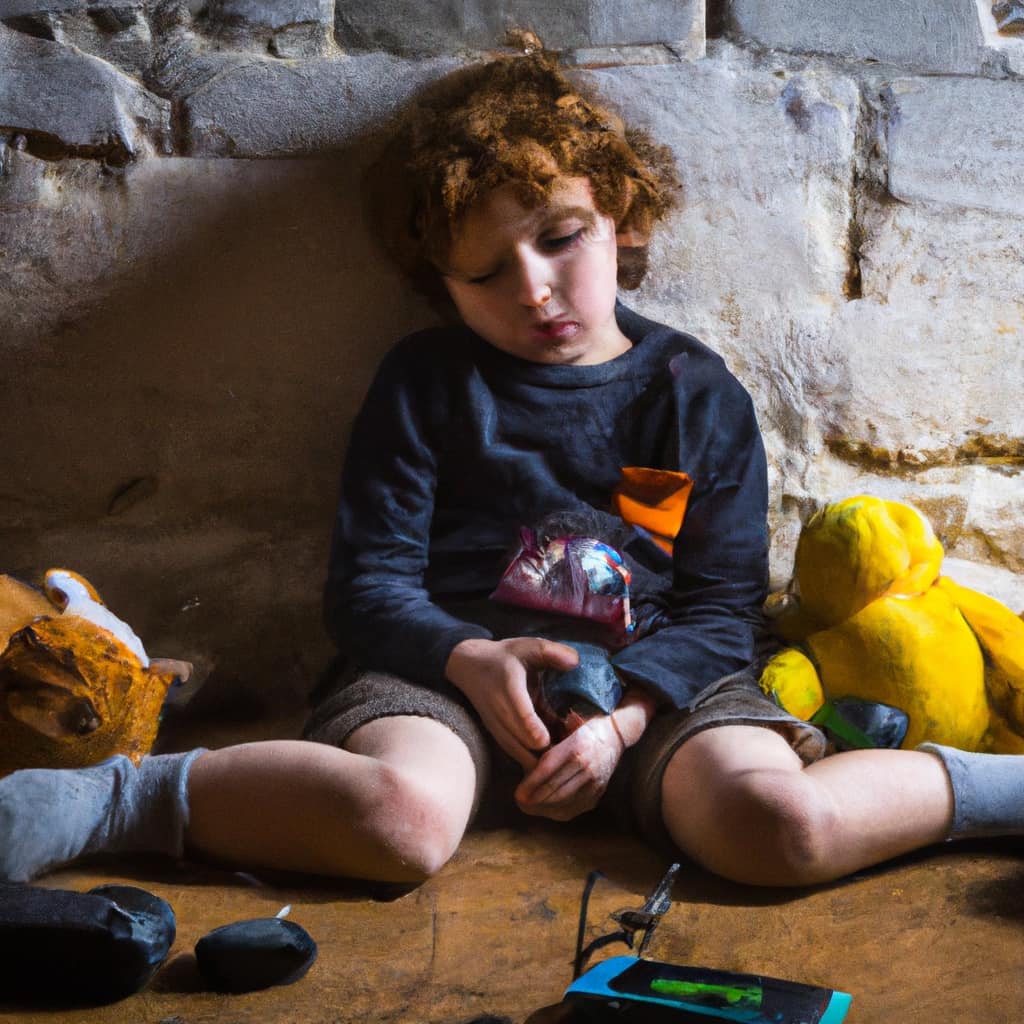
-
Genetics: The influence of genetics in child development cannot be overlooked. Genes provide the blueprint for various physical and cognitive traits that children inherit from their parents.
-
Environmental factors: The role of environmental factors in child development is equally important. Factors such as parenting styles, socioeconomic status, educational opportunities, and cultural influences all shape a child’s development.
-
Nature vs. nurture: The debate between nature and nurture in child development theories highlights the importance of both genetics and environmental factors. It is the interplay between these two that ultimately determines a child’s growth and development.
-
Parenting styles: Parenting styles influenced by cultural, social, and personal factors can have a significant impact on a child’s development. Different parenting styles can shape a child’s behavior, emotions, and overall well-being.
-
Cultural influences: Cultural influences shape parenting practices, parental expectations, parenting styles, and social support networks. These cultural factors interact with genetics and the environment to shape a child’s development.
Understanding the influence of genetics and the role of environmental factors in child development is essential for gaining a comprehensive understanding of how children grow and thrive. By considering both nature and nurture, we can better support children’s overall development.

The Impact of Cultural Influences on Parenting Styles
Cultural influences shape my parenting style and impact my child’s development. The impact of globalization on parenting practices has led to cultural diversity in parenting styles.
As a parent, I am aware of how cultural factors shape my beliefs, values, and behaviors in raising my child. I understand that different cultures have unique approaches to parenting, and I strive to incorporate the best practices from various cultural backgrounds.
The globalization of information and communication has allowed me to access a wealth of knowledge about different parenting styles from around the world. This has broadened my perspective and enabled me to make informed decisions about how I raise my child.
I appreciate the importance of cultural diversity in parenting styles and how it contributes to the rich tapestry of child development.
Frequently Asked Questions
What Are Some Other Key Theories in Child Development That Are Not Mentioned in This Article?
Some other key theories in child development include Bandura’s social learning theory, which highlights the role of observation and imitation in learning, and Bowlby’s attachment theory, which explores the importance of secure emotional bonds in early childhood for healthy development.
How Do Parenting Styles Impact a Child’s Development in Terms of Social and Emotional Growth?
Parental influence, including parenting styles, has a significant impact on a child’s social and emotional growth. Attachment theory suggests that secure attachments formed through responsive and nurturing parenting contribute to healthy development in these areas.

Can You Provide Examples of Specific Cultural Factors That Influence a Child’s Development?
Cultural practices, such as parenting styles and language acquisition, significantly influence a child’s development. These factors shape a child’s beliefs, values, and behaviors, highlighting the importance of understanding cultural influences in child development.
How Do Genetic Factors and Environmental Factors Interact to Shape a Child’s Development?
Genetic factors and environmental factors interact in shaping a child’s development through a dynamic interplay known as the nature-nurture interplay. This interaction influences various aspects, such as physical traits, cognitive abilities, and social-emotional development.
What Are Some Examples of Societal and Cultural Changes That Have Influenced the Evolution of Theories in Child Development?
Societal and cultural changes, such as the impact of technology and the role of education, have influenced the evolution of theories in child development. These changes shape our understanding of how children grow and learn.
Conclusion
In conclusion, theories in child development are crucial for understanding a child’s growth and learning. They provide frameworks for comprehending cognitive, psychosocial, and environmental factors that shape development.
Some argue that theories are abstract concepts with limited practical application. However, it is important to recognize that theories offer valuable insights and guidance for parents, educators, and policymakers.
By understanding and applying these theories, we can better support children’s development and create nurturing environments that promote their overall well-being.

